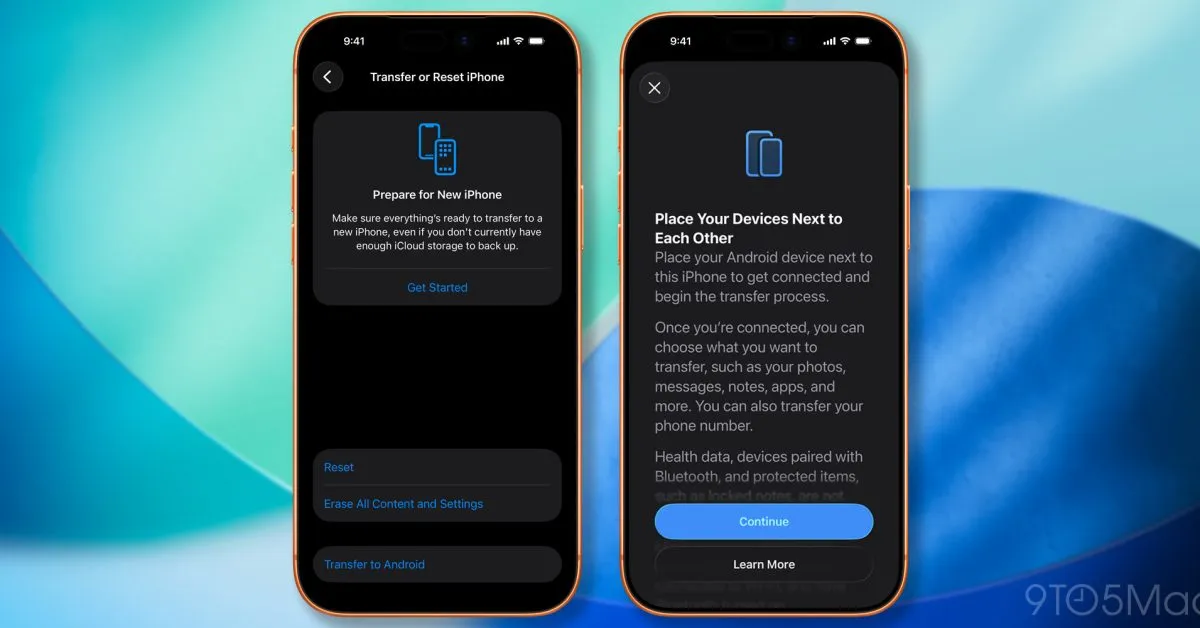
A few days ago, Apple released documentation for an innovative framework called AppMigrationKit, designed to streamline the transfer of third-party app data between iOS and Android devices. This new framework aims to facilitate a smoother user experience for those switching from Apple devices to non-Apple platforms.
The AppMigrationKit will enable a one-time transfer of app data between Apple and non-Apple platforms, specifically targeting devices running iOS 26.1 and later, as well as iPadOS 26.1 and later. Currently in beta, this framework allows developers to include their app’s data during the migration process. Notably, Apple has clarified that this framework is strictly intended for transferring data to and from non-Apple devices, meaning primarily Android.
Apple emphasizes that the AppMigrationKit does not facilitate data migration between iOS and iPadOS devices. Instead, it focuses exclusively on interactions with non-Apple platforms. According to the documentation, “AppMigrationKit only supports migration to and from non-Apple platforms, such as Android.” Furthermore, the framework does not support migration for iOS apps running in visionOS or macOS on Apple silicon, nor does it function with Mac apps built using Mac Catalyst.
The AppMigrationKit documentation provides comprehensive guidance for developers, allowing them to define whether their apps will import data, export data, or both. Developers can achieve this by creating an app extension that complies with the AppMigrationExtension protocol and at least one of its subprotocols. When users set up a new device, all apps that have integrated AppMigrationKit will have their data included in the migration package.
The AppMigrationKit API will work in conjunction with the newly introduced “Transfer to Android” feature. This feature, first reported in May, will be accessible under Settings > General > Transfer or Reset iPhone, where users can select the option to transfer data to an Android device. A splash screen will provide users with information about what can and cannot be transferred during the one-time migration process.
In a bid to create a two-way migration experience, an equivalent “Transfer to iPhone” feature is also being developed for Android users. Initially, this feature was introduced as an eSIM transfer tool, enhancing the overall data transfer capabilities between the two platforms.
If you are a developer eager to prepare your app for the upcoming AppMigrationKit, it’s essential to refer to Apple’s documentation for detailed information on app extensions, data export and import operations, migration statistics, and migration code tests. It’s important to note that the framework is still in beta and is “subject to change.” Apple advises that “This documentation contains preliminary information about an API or technology in development, and software implemented according to this documentation should be tested with final operating system software.”
While AppMigrationKit has not been confirmed for immediate release alongside iOS 26.1, the availability of documentation suggests that a launch could happen sooner rather than later. Developers and users alike can look forward to a more accessible migration process between Apple and Android devices in the near future.
For those interested in exploring accessory deals related to Apple devices, check out Amazon for the latest offers.